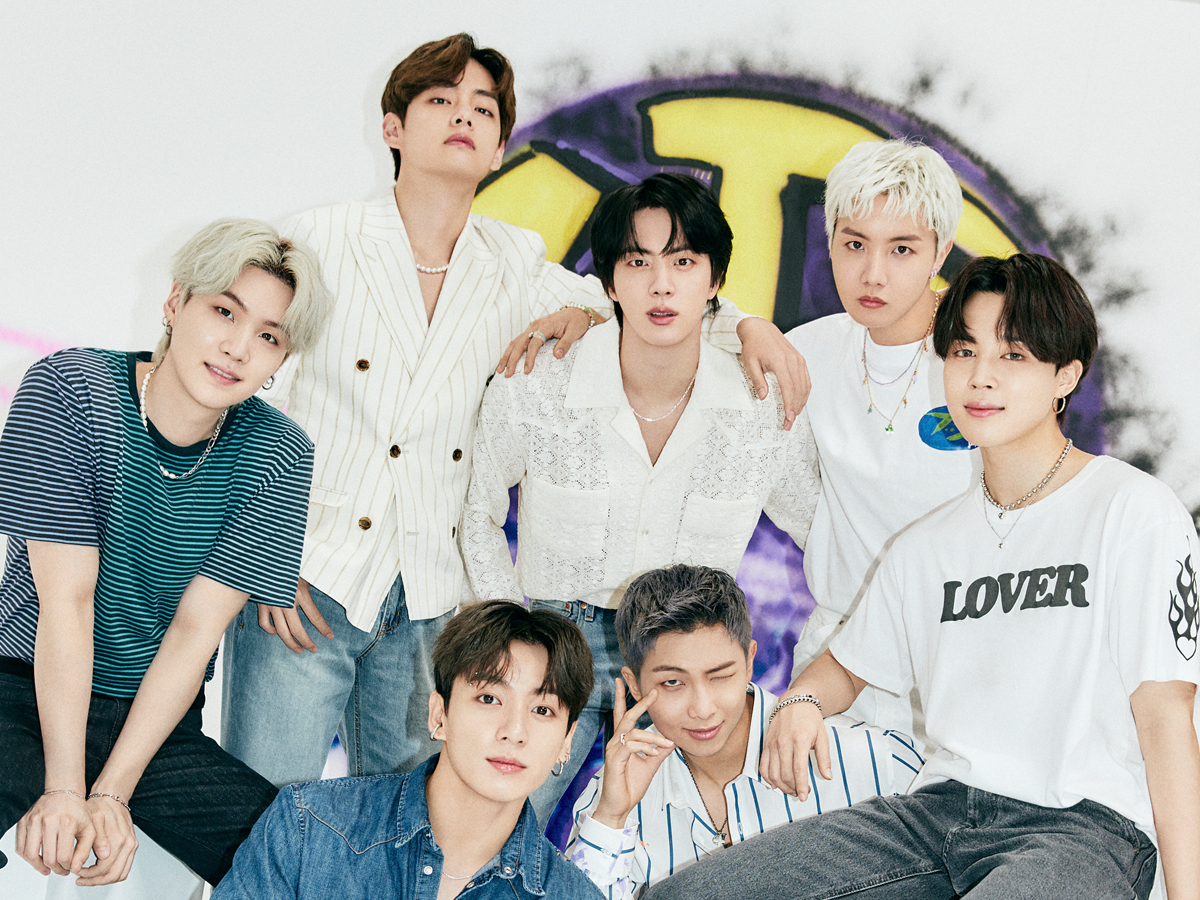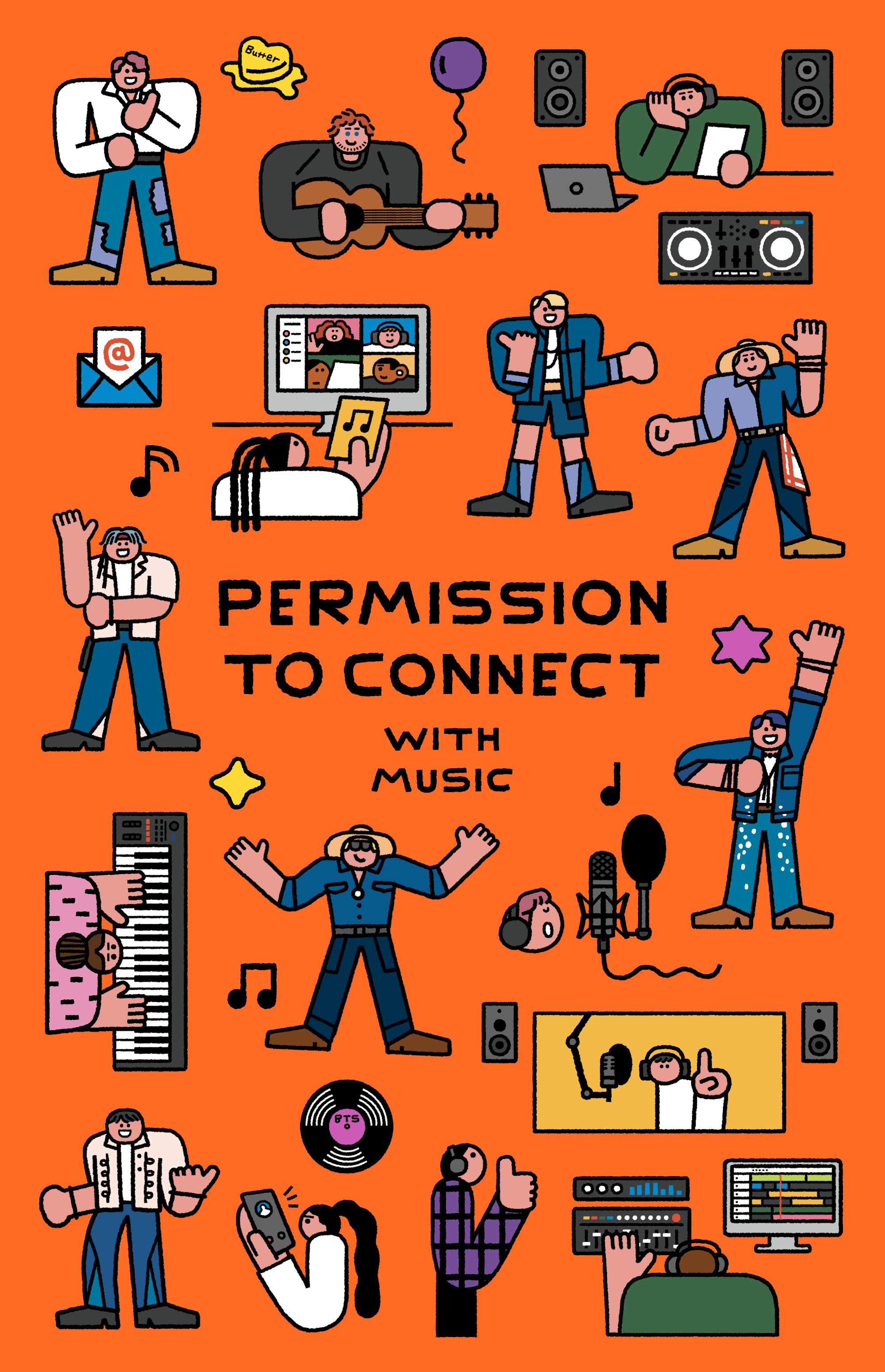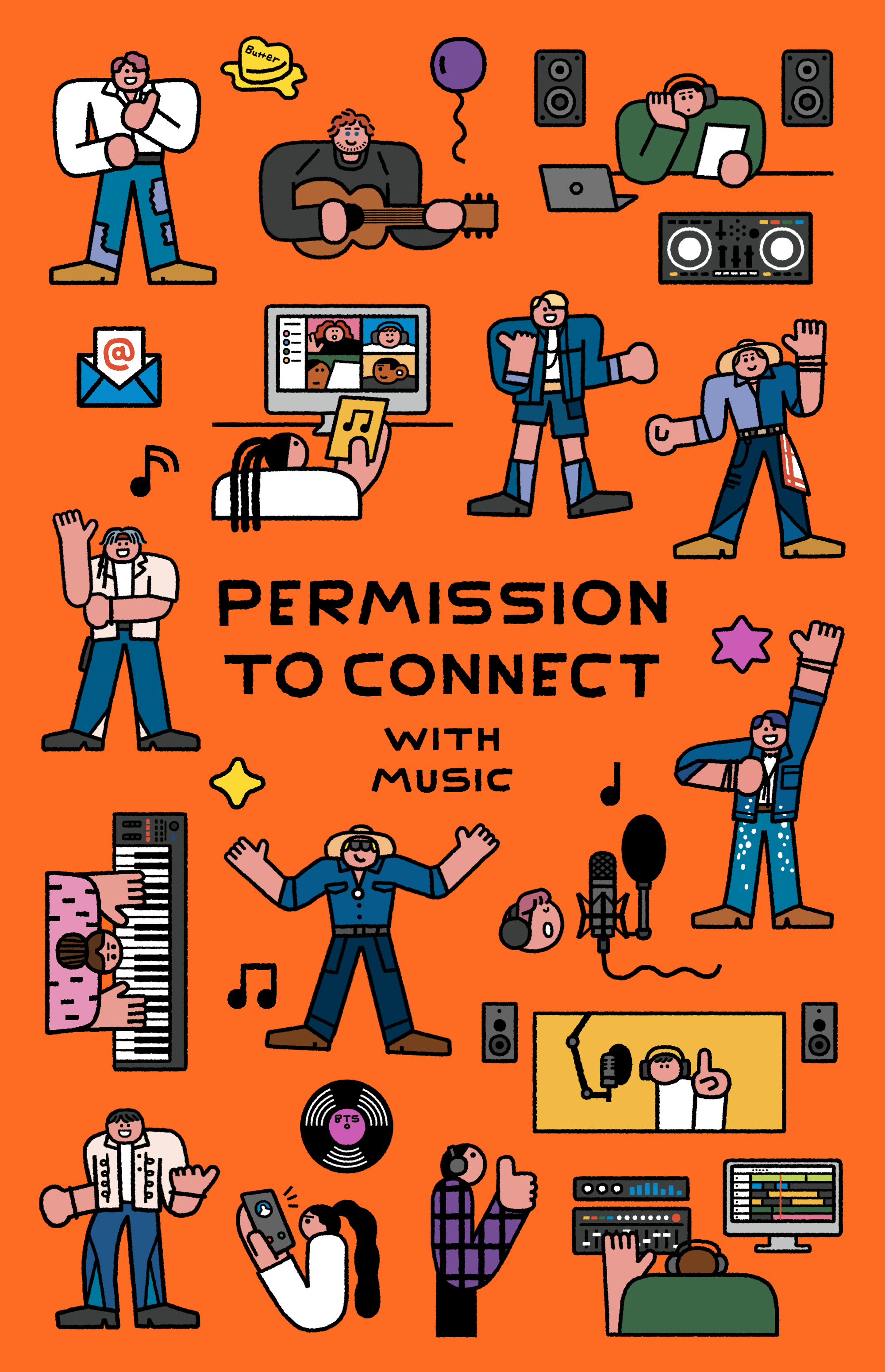
“I think this song sounds really good.” Nicole Kim, the leader of BIGHIT MUSIC’s A&R Team, said this was BTS’s reaction when they first heard “Permission to Dance.” According to Kim, BTS thought they “need to give people good vibes, like positive energy and hope” while preparing for the new song. This is exactly how the members of BTS have felt during the pandemic. “It’s a hard time for us, but there must be far more people having a much harder time than us, and we want to give people hope in our own way,” they said. “We hope we can give them strength somehow.” As for SUGA, while he was working on the song during the pandemic, “he said, ‘things aren’t looking good right now, but let’s do what we can.’ ” So it was decided that one goal for BTS’s new song would be for it to “be about what the members thought they should be doing during this situation,” and the A&R team got to work contacting songwriters around the world to find a song that could convey that message. “Lots of people are good at writing songs, but the best song is one that suits the members well and emphasizes their qualities,” so the decision also “depended on how well [the songwriters] understood the artists.”
It’s well known that Ed Sheeran worked with BTS on “Permission to Dance,” and had worked with the group before on “Make It Right.” Kim said “there was no problem” working with Sheeran because “we understood what one another like and what we’re pursuing.” BTS “liked the track as it was, but the original lyrics were more like a marriage proposal—more personal, like a love song,” so the group asked that the lyrics be modified. “In the process of consolidating and conveying the theme, and how other people translate it into the actual lyrics,” Kim said, “if we use vague language, then the people hearing it have a completely different image in mind, so sometimes we offer a hypothetical storyline to be as specific as possible.” Sheeran, on the other hand, said that, while the original version of “Permission to Dance” was sung by only one person, BTS had to do it with seven members, each with their own voice, so both Sheeran and producer Steve Mac provided many opinions on recording the vocals. Throughout the whole song-making process, the A&R team shared opinions with Sheeran so that the vocal recording would feel like a harmony between what he wanted from the beginning and what the BTS members have in their own voices. Recording a single in English was a new kind of task in itself. “When they’re recording in Korean, it’s enough just that they sing well, but with English songs, they have to be aware of their pronunciation while recording as well, so there were a lot of changes and edits even after the whole song was recorded,” Kim said, highlighting the differences in recording an English single. She also added that they “practiced a lot in advance, and some of them requested the lyrics in advance, too. The A&R team has a lot to learn from how professional they are, and they inspire us to do more.”
-
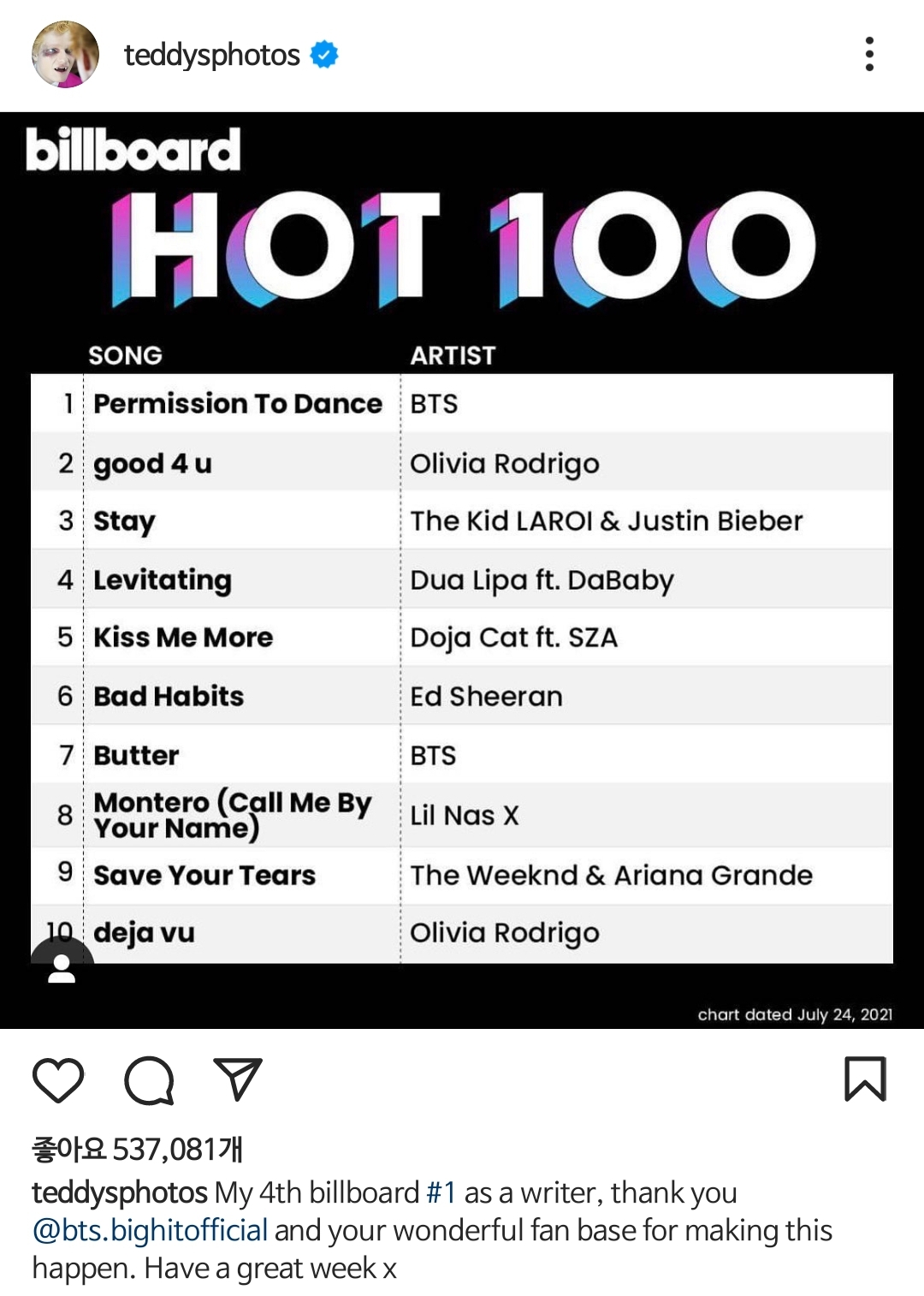 © https://www.instagram.com/p/CRhkEA7B_f6/
© https://www.instagram.com/p/CRhkEA7B_f6/
BTS and Sheeran could have met face-to-face to coordinate over such opinions in the past, but the artists’ collaboration had to be carried out entirely remotely due to the ongoing pandemic. The A&R team would help with recording the BTS members’ parts and complete the music in Korea then send this to the producers on Sheeran’s team overseas, exchanging feedback in real time. “It used to be possible to collaborate from the States or Korea, but everything was transitioned online,” Kim explained. “After a year of the pandemic, I got used to video meetings and recordings that take place over a call. Still, difficulties arise when making music through speaking and writing exclusively.” And producers face the same problems. Jessica Agombar, one of the coproducers on “Dynamite,” told Billboard in an interview that she worked on the song by trading ideas with David Stewart, another coproducer, over the video conference application Zoom. Jenna Andrews, who worked on “Dynamite,” “Butter” and “Permission to Dance,” said the time difference forced her to start working remotely from five in the morning her time; BTS and BIGHIT would first record something, then send it to Andrews, who then sent her thoughts about the song to the A&R team remotely, and thus “Butter” was born. Kim demonstrated the new landscape of music production in the pandemic world, saying “it couldn’t have been easy” for Andrews and the other producers “to get a feel for the seven members’ vocals in the beginning since they couldn’t work together in person.” One change was for producers in countries where lockdown measures were implemented, who could work immediately, and perhaps even faster, if they already had home studios set up, but those who didn’t saw their work schedules delayed. Just as every industry faced its own set of challenges in the wake of the pandemic, the same has been true for workers in the music industry.
Lyrics serve an even more important purpose during these unavoidable changes than in the past, the reason being that the situations people all around the world are experiencing during the pandemic are necessarily reflected in the songs. That’s all the truer for artists like BTS whose messages have a global reach. The members of BTS saw “Permission to Dance” as a “kind of song we have to do at this point”—their intended message took shape with the line in the song, “We don’t need to worry / ‘Cause when we fall we know how to land,” which SUGA first said in an interview. Meanwhile, Kim said that “ ‘Dynamite’ was already good when it came to us, so the only change we asked for concerning the music was for the sound to be fuller. The lyrics did have some vulgar slang that’s used in overseas music, however, but we asked that the lyrics be modified to reflect BTS’s message of hope and their authenticity more clearly.”
Unauthorized reproduction and distribution prohibited.
- When the Walls Fell2020.10.19
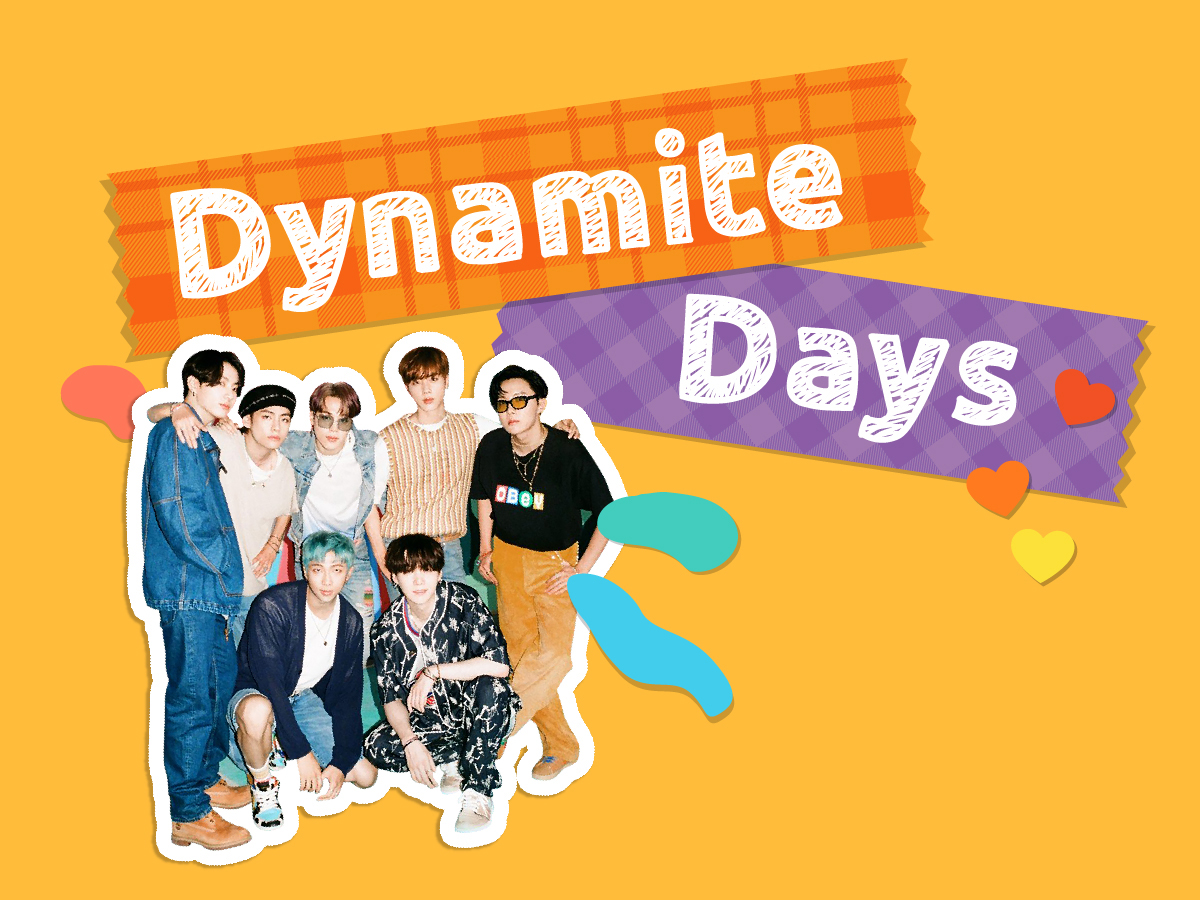
- Map of the Big Hit Sound2021.03.08

- What BTS achieved in the US2021.07.12
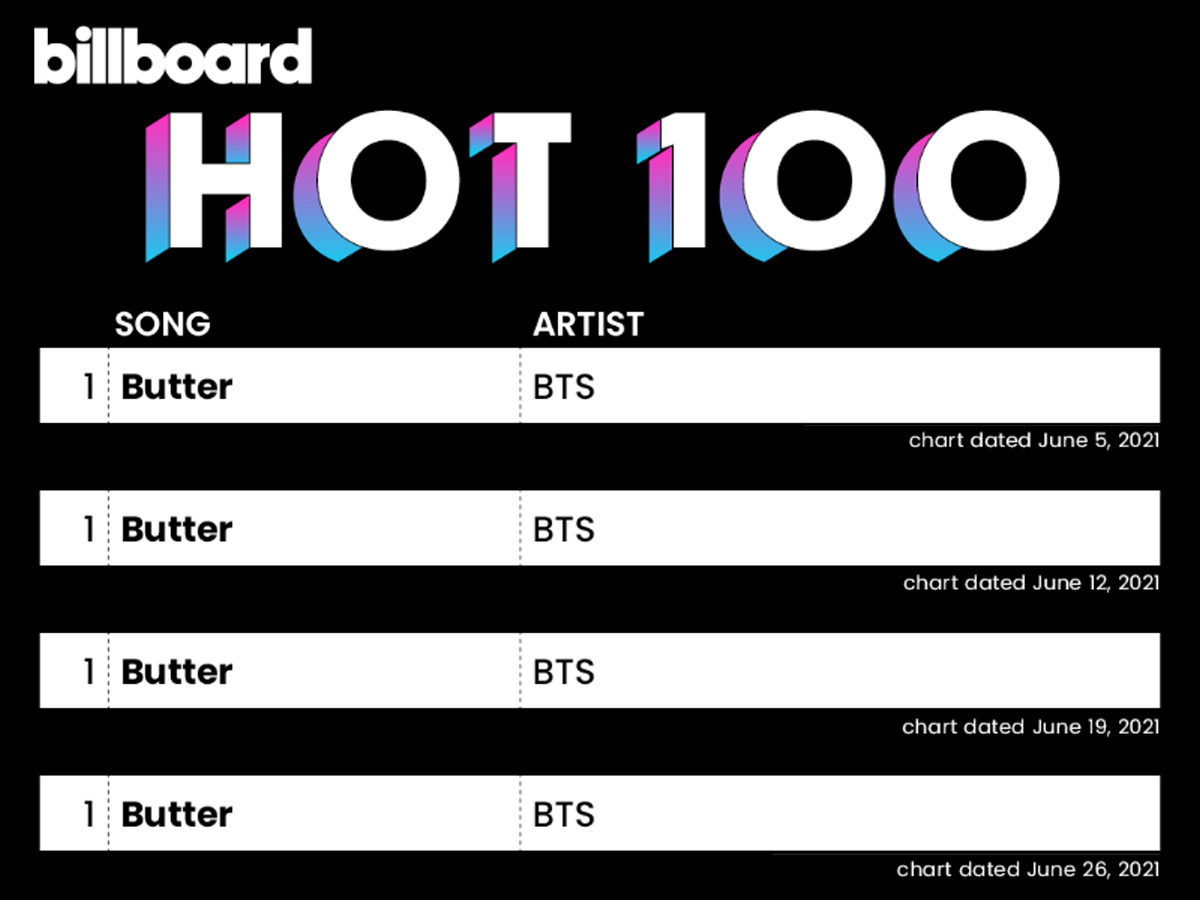
- The Power of BTS’ Music2021.07.21

- BTS Other Cuts2021.08.02
